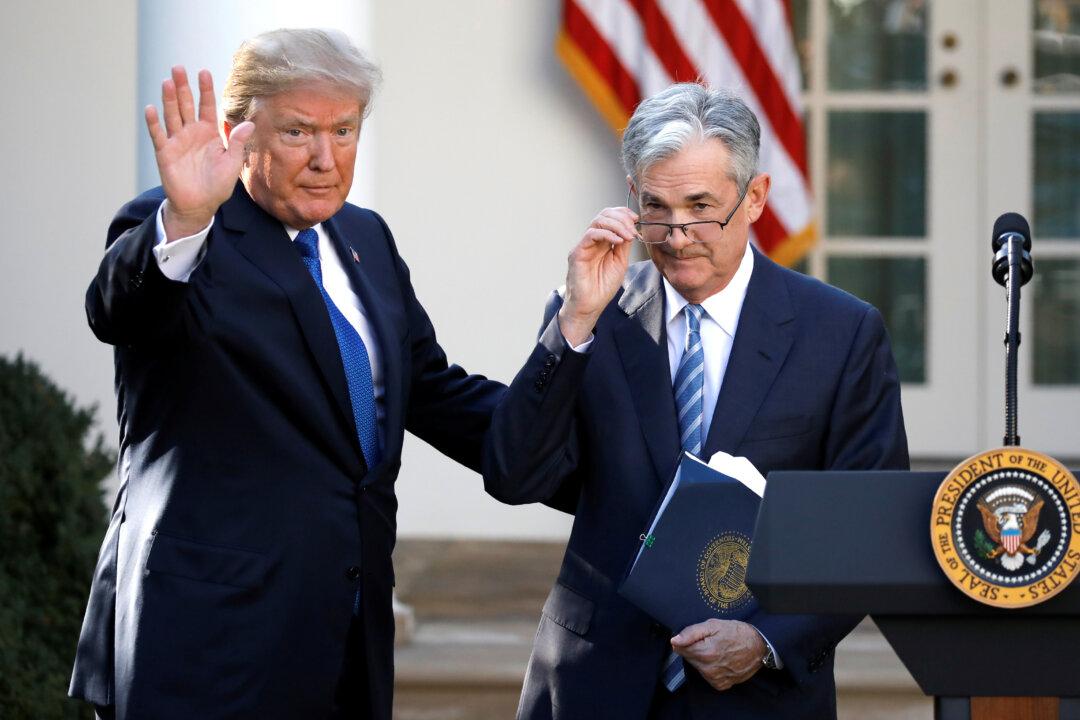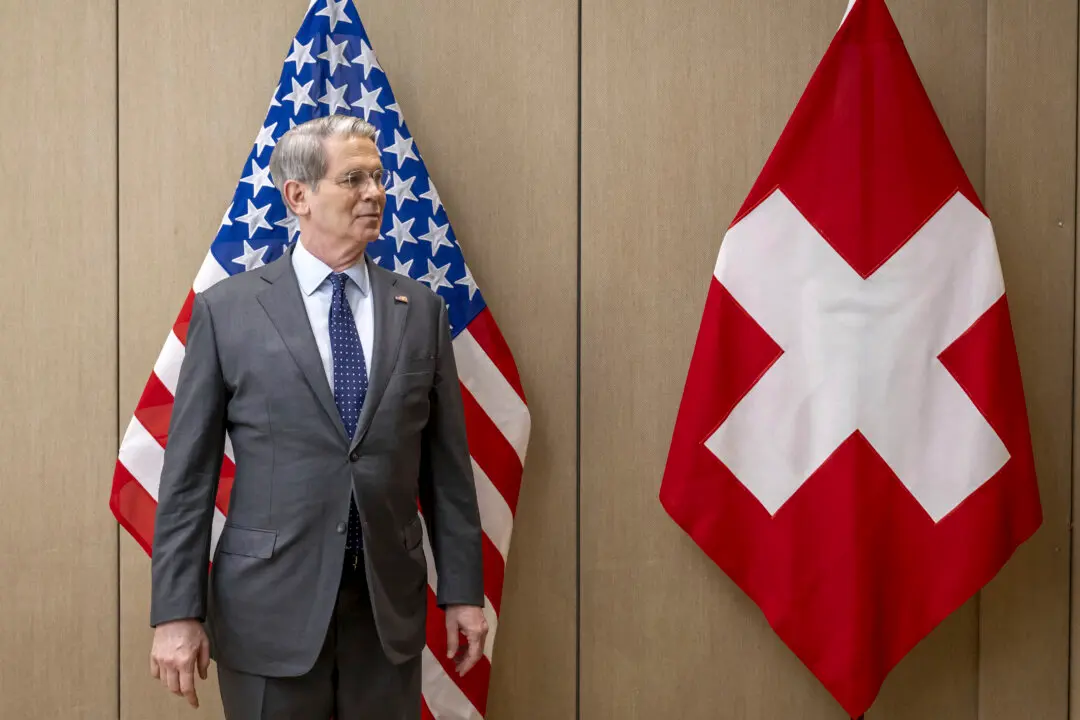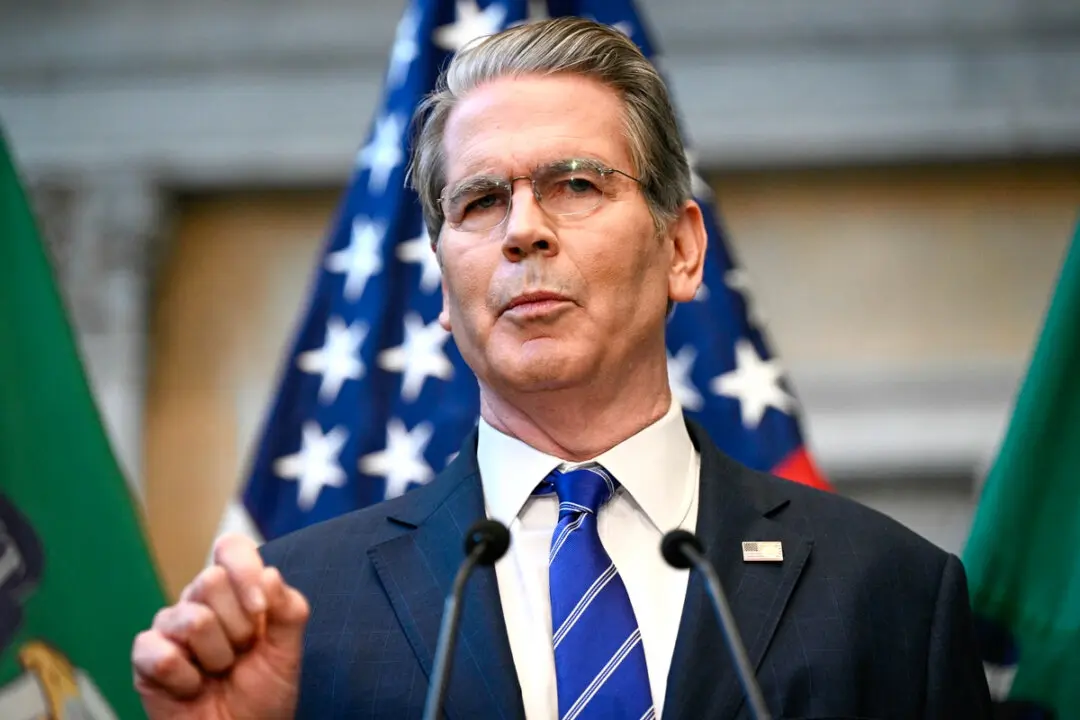President Donald Trump called on the Federal Reserve to slash interest rates even further after the central bank’s Tuesday announcement of an emergency cut of 50 basis points was met with a bland reaction by Wall Street, as investors worried the shock cut might not be enough to shield the world’s largest economy from the impact of the epidemic.
“The Federal Reserve is cutting but must further ease and, most importantly, come into line with other countries/competitors,” Trump wrote on Twitter. “It is finally time for the Federal Reserve to LEAD. More easing and cutting!”





